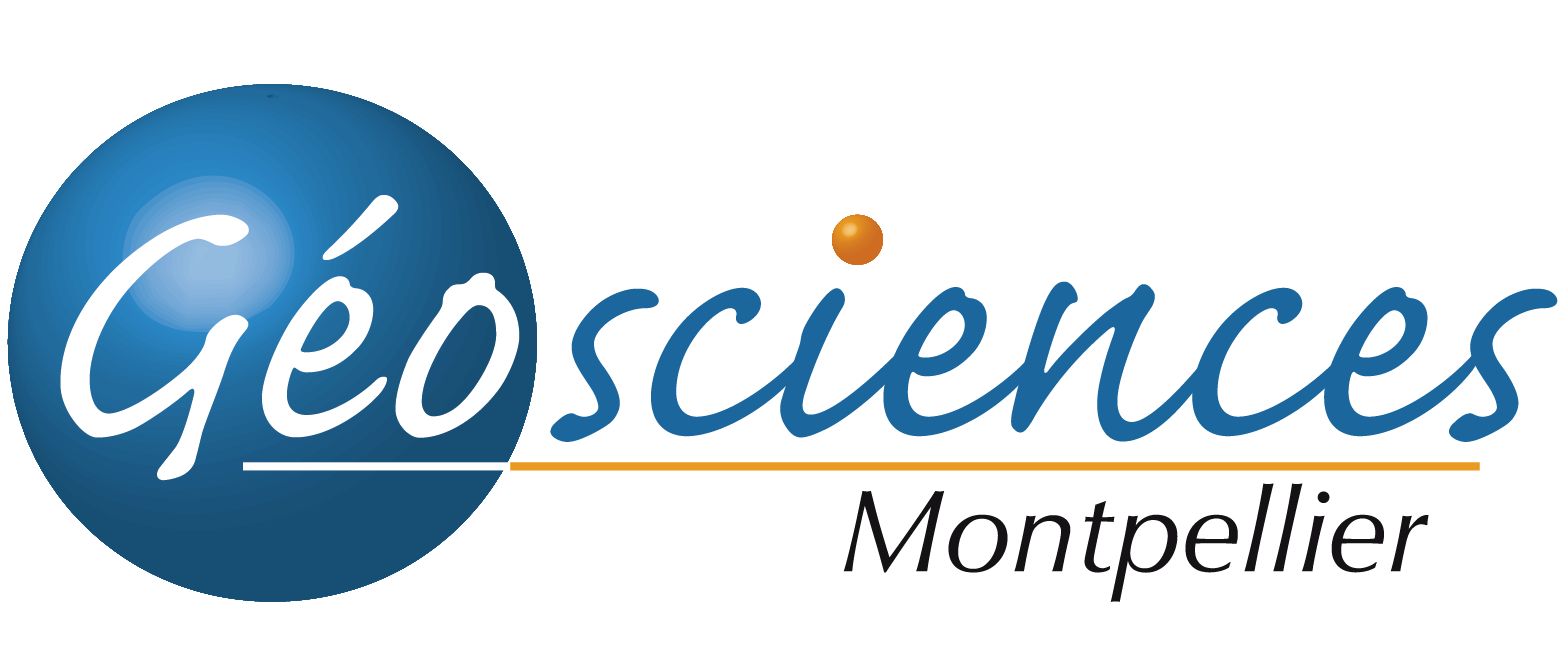 |
 |
 |
 |
 |
 |
| Research leading to these results was funded by the European Union Framework Programme 7 (EU-FP7/2007-2013) Marie Curie postdoctoral fellowship PIEF-GA-2012-327226 (InSiDe-Strain, 2013-2015) | ||
 |
Motivation This project is funded by the EU-FP7/2007-2013 framework programme under the grant agreement PIEF-2012-327226 for the project "InSiDe-Strain: In-situ deformation experiments to study strain localization" (scientist in charge: Andrea TOMMASI and fellow researcher: Karoly HIDAS). The aim of the project is to understand the role of various microstructural processes that are activated (and compete) during and after plastic deformation and their role in producing (or avoiding) localization. Strain localization occurs from submicroscopic to tectonic plate-scale in most materials exposed to deformation and, as such, it is extensively studied in material and Earth sciences. Image on the left shows an example for ductile strain localization in a mantle rock. In man-made materials, such as in metals and ceramics, it is usually a phenomenon that must be avoided as it effectively weakens the mechanical properties. The most enigmatic point in strain localization is its initiation in an originally homogeneous medium. Detailed microstructural observations on naturally deformed rocks and existing laboratory experiments did not allow assessing how the deformation itself produces heterogeneous weakening leading to localization. The existing data also do not provide quantitative relations describing the kinetics of the competing processes: development of strain and stress heterogeneity during deformation by dislocation creep leading to dynamic recrystallization, nucleation, and grain growth, as well as post-dynamic and static recovery. In this project, we aim to study the microstructural processes that potentially lead to strain localization and how deformed materials recover or recrystallize after the stresses are removed - mostly from a geologist's point of view. | |
|
Survival kit for the topics covered in this project and this website Here I provide an introduction to the topics covered in this project for those who are interested and not yet familiar with the terms that will inevitably show up in the forthcoming pages. Click here to start reading: |
We carried out experiments and high-resolution characterization of the microstructural evolution during deformation and annealing on model crystalline materials: ice Ih, as well as hexagonal metals. These materials deform ductilely under low to intermediate temperature and low pressure conditions by activating the same crystal-scale mechanisms as silicate minerals of the deep Earth interior. For this, we used the CrystalProbe – a scanning electron microscope dedicated to the measurement of crystal orientations by indexation of electron backscattered diffraction patterns (EBSD) - whose special design (inclined column) allows to perform EBSD measurements on a horizontal stage (which may be cryogenic or heating, depending on the experiments). We also studied upper mantle rocks that record ductile strain localization in order to determine the processes controlling the microstructural evolution and their consequences to strain localization.
Achievements of the project
- Annealing experiments on zinc alloys using the SEM-EBSD CrystalProbe
- Annealing experiments on polycrystalline ice Ih using the SEM-EBSD CrystalProbe
- Link to nature: processes leading to ductile strain localization in upper mantle shear zones - Fluid assisted strain localization at retrograde conditions